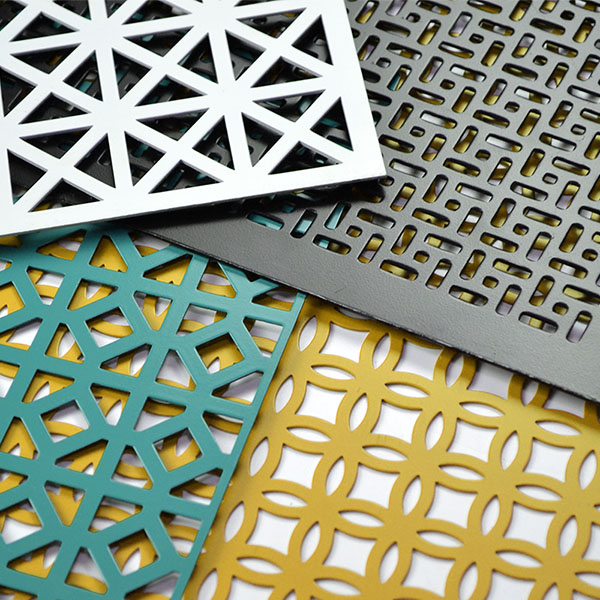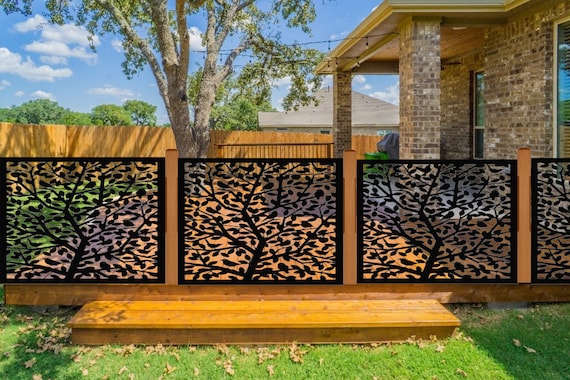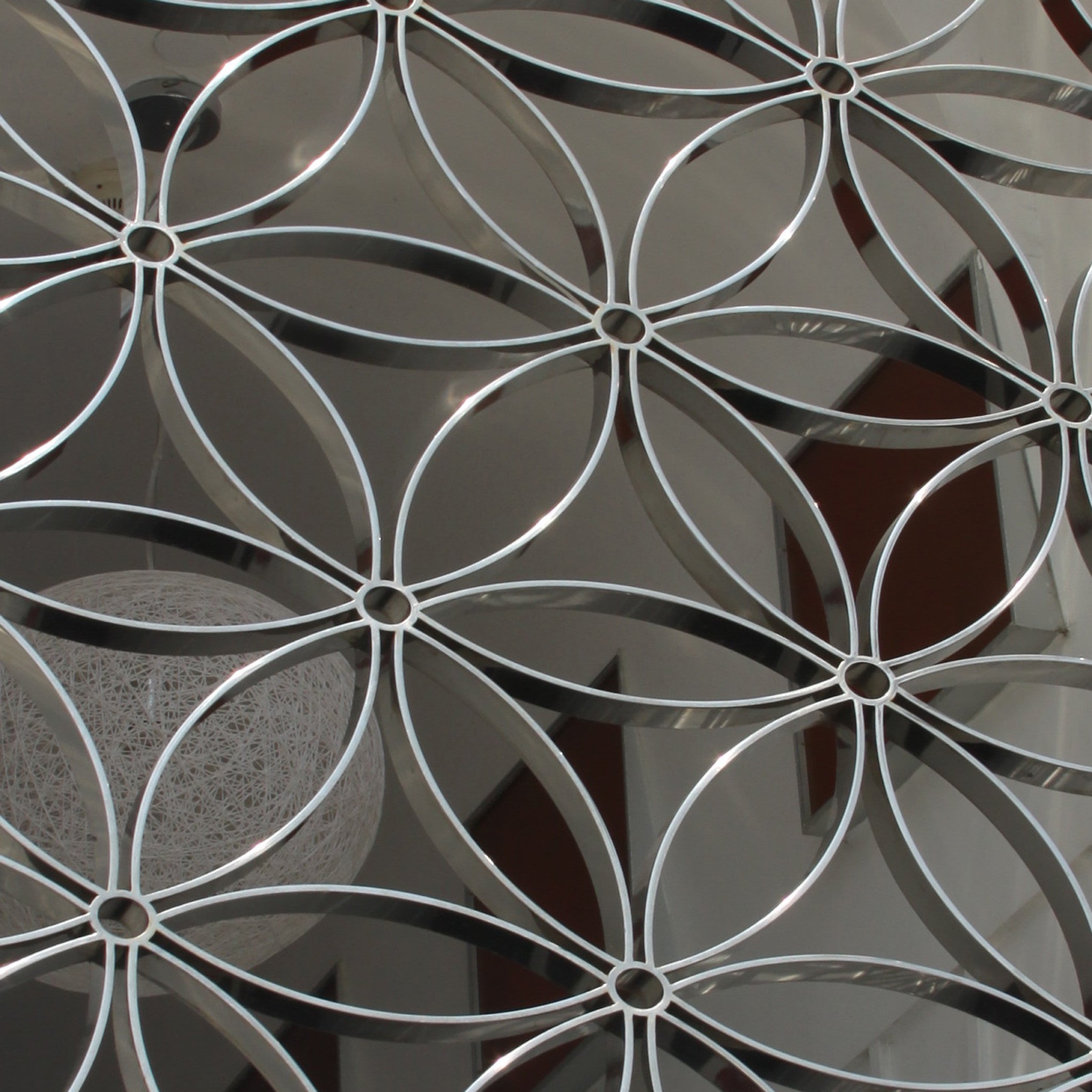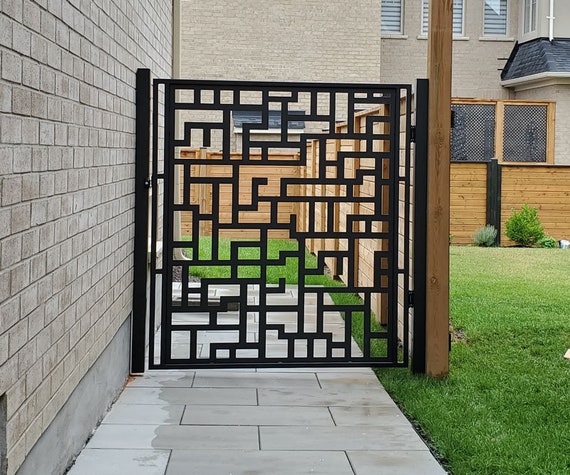Decorative metal screens are becoming a popular choice for both residential and commercial spaces. They not only add aesthetic appeal but also offer privacy, protection, and versatility in design. In this comprehensive guide, I’ll share everything you need to know about decorative metal screens, including my personal experiences in working with them, their various applications, and how to choose the right one for your needs.
What Are Decorative Metal Screens?
Decorative metal screens are architectural features made from various types of metals, designed with patterns and textures that serve both aesthetic and functional purposes. They can be used indoors or outdoors, offering an array of benefits.
Types of Decorative Metal Screens
- Laser-Cut Screens: Precision-cut designs that allow for intricate patterns.
- Perforated Screens: Metal sheets with holes, providing ventilation while maintaining privacy.
- Wrought Iron Screens: Classic and durable, often used in traditional settings.
- Aluminum Screens: Lightweight and corrosion-resistant, ideal for modern designs.
Common Applications
Decorative metal screens can be used in various settings, such as:
- Outdoor Privacy Screens: Perfect for patios and balconies.
- Interior Dividers: Ideal for creating separate spaces in open-plan homes.
- Visual Art Pieces: Used as statement pieces in galleries or homes.
- Architectural Enhancements: Provide additional texture and depth to buildings.
Benefits of Using Decorative Metal Screens
1. Aesthetic Appeal
One of the primary reasons people choose decorative metal screens is their beauty. With endless design options, they can complement any decor style, from modern to traditional.
2. Privacy and Security
Decorative metal screens provide a level of privacy while still allowing light and air to flow through. This makes them especially useful for outdoor living spaces.

3. Durability
Made from metals such as aluminum or steel, these screens are highly durable and resistant to weathering, making them an excellent long-term investment.
4. Versatility
Whether you want to enhance your garden, create a stunning focal point inside your home, or provide shade, decorative metal screens can do it all.

5. Easy Maintenance
Maintenance is minimal; a simple wash with soap and water can keep them looking new for years.
How to Choose the Right Decorative Metal Screen
Consider Your Space
Evaluate the area where you plan to install the screen. Is it indoors or outdoors? What is the size and scale of your space? A large pattern might overwhelm a small garden, while intricate designs can enhance larger areas.

Material Matters
Decide on the material based on your specific needs:
- Aluminum: Lightweight and weather-resistant.
- Steel: Heavy-duty and more robust, ideal for security purposes.
- Wrought Iron: Offers a classic look but may require more maintenance.
Design Considerations
Design is incredibly personal. Consider the theme of your home and choose a pattern that complements it. Geometric shapes are great for a modern look, while floral designs can add a touch of nature.

Installation Process
Installing decorative metal screens can vary based on the type you choose. Here’s a general step-by-step guide:
Step 1: Measure Your Space
Accurate measurements are essential to ensure a perfect fit.
Step 2: Choose the Right Mounting System
Depending on whether your screen is freestanding or mounted, choose an appropriate mounting system.

Step 3: Install
Follow the manufacturer’s instructions carefully, and do not hesitate to seek professional help if needed.
Comparison of Different Decorative Metal Screens
| Type of Screen | Material | Design Flexibility | Durability | Price Range |
|---|---|---|---|---|
| Laser-Cut Screens | Aluminum, Steel | High | Very High | $$$ |
| Perforated Screens | Steel, Aluminum | Medium | High | $$ |
| Wrought Iron Screens | Wrought Iron | Low | Very High | $$$$ |
| Aluminum Screens | Aluminum | Medium | High | $$ |

Personal Experience: Transforming My Backyard with Decorative Metal Screens
Let me share a personal experience. A few years ago, I transformed my backyard by adding decorative metal screens. I chose laser-cut aluminum screens with a beautiful floral design. This not only provided much-needed privacy from the neighbors but also added a stunning visual element to my outdoor space. I remember sitting outside one evening, the sunlight filtering through the patterns, creating beautiful shadows on my patio. It felt like an entirely new space!
Pros and Cons of Decorative Metal Screens
Pros
- Enhances aesthetic appeal
- Provides privacy without sacrificing light
- Durable and low maintenance
- Versatile for various applications

Cons
- Initial installation costs can be high
- Some materials may rust if not treated
- Complex patterns may require professional installation
FAQs about Decorative Metal Screens
1. Can decorative metal screens be used indoors?
Absolutely! Decorative metal screens make stunning indoor dividers and can add character to any room.
2. How do I clean my decorative metal screen?
Simply wash with soap and water, using a soft cloth to avoid scratching the surface.
3. Are decorative metal screens weather-resistant?
Most screens, especially those made from aluminum and treated steel, are designed to withstand various weather conditions.
4. Can I customize the design of my decorative metal screen?
Many manufacturers offer customization options, allowing you to choose patterns and sizes that suit your needs.
5. How much do decorative metal screens cost?
The cost can vary widely based on the type, size, and design. Basic options may start around $100, while more intricate installations can exceed $1,000.
Conclusion: Elevate Your Space with Decorative Metal Screens
Decorative metal screens are more than just functional items; they are artistic expressions that can transform your space into something truly unique. With their versatility, durability, and aesthetic appeal, these screens can meet a variety of needs, whether for privacy, decoration, or functional division of space. I encourage you to consider incorporating decorative metal screens into your home design and experience the beauty and functionality they bring.
Whether you’re looking to enhance your outdoor area or create a stunning indoor divider, I hope this guide has provided the information you need to make an informed decision. Happy decorating!